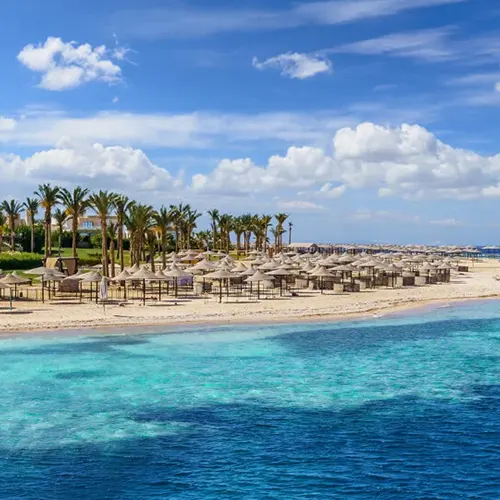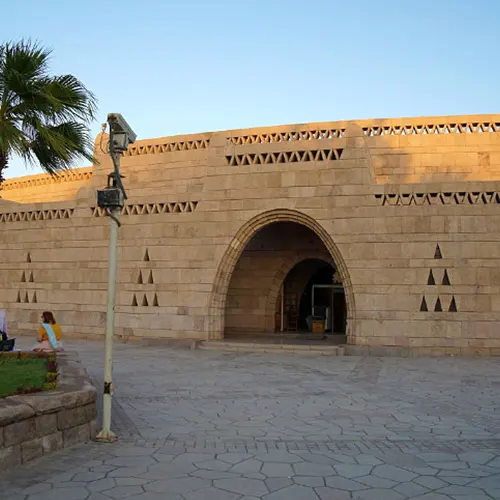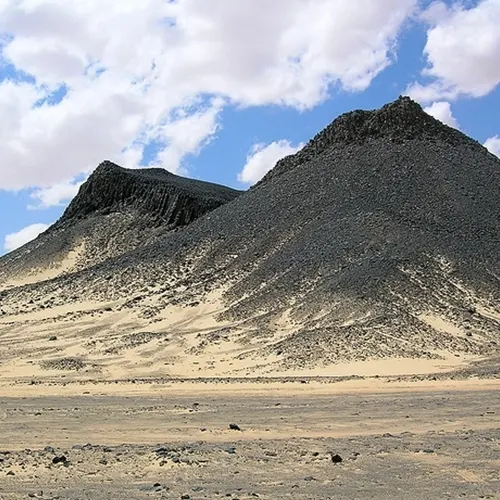
The Nubian Museum, also known as the International Museum of Nubia, is one of Egypt’s most important archaeological museums. It is located in Aswan city. It was opened to the public on November 23, 1997.
UNESCO constructed the Nubian Museum’s history during their International Campaign in Aswan to save the Nubian monuments such as Abu Simbel Temples and Philae Temple after the building of the High Dam in the 1960s. Its construction was a part of the UNESCO project to build the Nubian Museum in Aswan and the National Museum of Egyptian Civilization (NMEC) in Cairo, Fustat.
The Nubian Museum building The museum has an area of 50,000 square meters, 7,000 of which are dedicated to the building of the museum. In contrast, the rest of the area is devoted to gardens and other public spaces, as the museum has a theatre holding Nubian dances.
The museum building consists of two floors. The museum was designed by the architect Mahmoud El-Hakim. This design refers to traditional Nubian village architecture, and it was built with local sandstone and pink granite.
The Nubian Museum display museum concept is dedicated to displaying the development of the Nubian culture and civilization, the land of gold as it was named in the ancient Egyptian language.
It houses three thousand objects ranging from prehistoric times to the Islamic periods and objects displaying the Nubian and Aswan heritage. These collections are exhibited inside the museum building and outdoors in the garden. UNESCO discovered these collections during their project to save the Nubian monuments.
Some of the masterpieces displayed in the museum are a skeleton dating back to the prehistoric period, crowns and jewelry made of silver, and an anthropology exhibition displaying the customs and traditions of the Nubian community.



